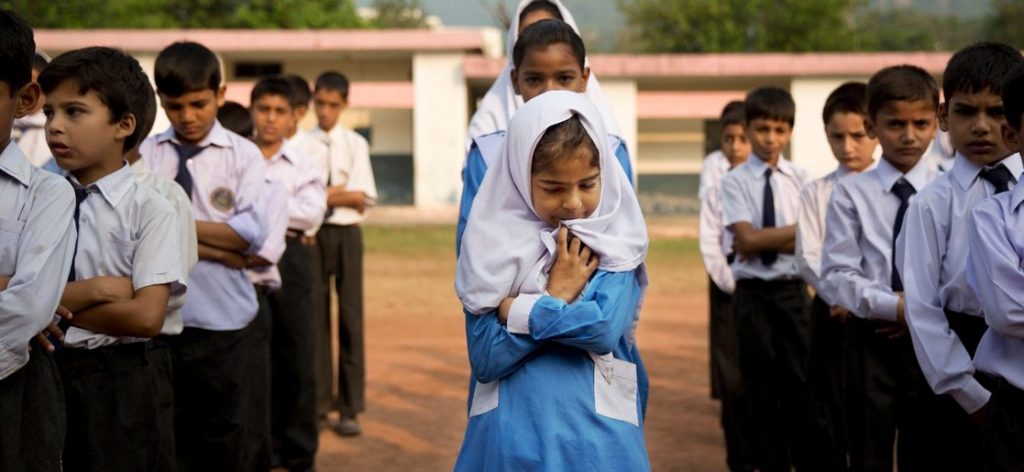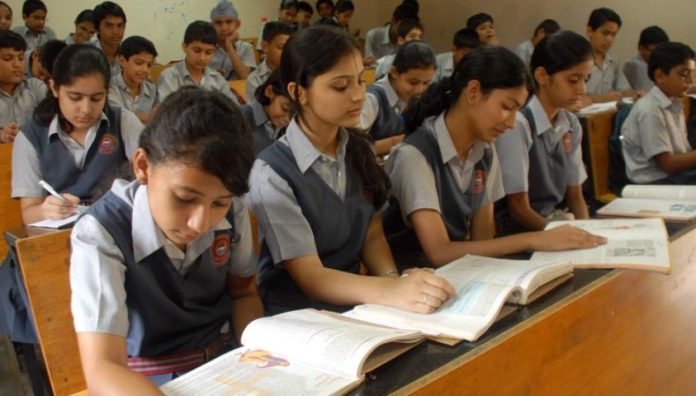A palpable undercurrent of unease and reluctance is reportedly brewing within the leadership ranks of government schools across Punjab, as headmasters and principals express significant reservations about receiving the newly allocated sets of student uniforms. These reservations, according to emerging reports and educators speaking anonymously, stem from persistent and concerning issues regarding the quality of the fabric, stitching, and overall durability of the uniforms being supplied. This hesitancy at the grassroots level threatens to disrupt the timely distribution of essential clothing to students, potentially undermining the well-intentioned efforts of the state government to provide free uniforms and alleviate the financial burden on families. The situation underscores the critical importance of quality control and stakeholder consultation in large-scale procurement and distribution programs within the education sector.
The provision of free school uniforms to students in government schools has long been a cornerstone of social welfare policies aimed at promoting inclusivity and ensuring that financial constraints do not become a barrier to education. By providing these essential items, the government seeks to create a level playing field, fostering a sense of equality among students from diverse socioeconomic backgrounds. The initiative also helps to reduce the financial burden on families, particularly those from economically weaker sections of society, allowing them to allocate their limited resources to other essential needs. However, the effectiveness and impact of such programs are intrinsically linked to the quality of the goods being distributed. If the uniforms are perceived as substandard, uncomfortable, or prone to rapid wear and tear, the very purpose of the initiative – to provide dignity and practical support – can be undermined.
The current wave of reluctance among school heads in Punjab reportedly centers on recurring issues that have plagued the uniform distribution process in previous academic years as well. Teachers and administrators, who are at the forefront of receiving and distributing these uniforms, have allegedly observed a consistent pattern of subpar quality. Concerns frequently raised include the use of thin and easily torn fabric, inadequate and often weak stitching that comes undone after minimal use, inconsistent sizing that leads to ill-fitting garments, and colors that fade or bleed after just a few washes. These quality deficits not only diminish the practical value of the uniforms but also create logistical nightmares for school staff who have to deal with exchanges, complaints from parents, and the overall dissatisfaction of the student body.

Several headmasters, speaking on condition of anonymity due to the sensitive nature of the issue and potential repercussions, have indicated that accepting and distributing these uniforms, knowing their poor quality, places them in a difficult position. They become the immediate point of contact for disgruntled parents and students, having to field complaints and manage expectations regarding items over which they have no control in terms of procurement or manufacturing. This situation erodes their authority and can create unnecessary friction within the school community. The time and resources spent on managing these quality-related issues also divert their attention from core academic and administrative responsibilities.
The reported reluctance also highlights a potential disconnect between the procurement processes at the state level and the practical realities faced by schools and students on the ground. While the intention behind providing free uniforms is undoubtedly commendable, the focus on cost-effectiveness during procurement may inadvertently be compromising the quality of the materials used. This short-sighted approach can lead to long-term inefficiencies and dissatisfaction, ultimately defeating the very purpose of the initiative. A slightly higher investment in better quality materials could significantly enhance the durability and usability of the uniforms, leading to greater satisfaction among students and parents and reducing the logistical burdens on school staff.
Furthermore, the lack of adequate consultation with school heads and teachers during the procurement and design phases of the uniform program may be contributing to the current issues. Those working directly with students have valuable insights into the practical requirements of school uniforms – the type of fabric that withstands daily wear and tear, the most comfortable and functional designs, and the sizing that best accommodates the student population. Incorporating this feedback could lead to the procurement of uniforms that are not only cost-effective but also of a reasonable quality and fit for purpose.
The potential consequences of this reluctance to receive uniforms are manifold. The most immediate impact would be a delay in the distribution of these essential items to students. This could leave many students without proper uniforms, especially at the beginning of the academic year, potentially leading to feelings of exclusion and undermining the intended sense of equality. It could also place additional financial pressure on families who were expecting to receive these free uniforms and may not have budgeted for alternatives.
Moreover, the distribution of substandard uniforms can erode the credibility of the government’s welfare initiatives. If the uniforms provided are perceived as cheap and ineffective, it can create a negative perception of the overall commitment to education and social welfare. This can lead to cynicism among the public and undermine trust in government programs.
Firstly, immediate quality checks: Conducting thorough quality checks of the current batch of uniforms before they are dispatched to schools. This would involve assessing the fabric quality, stitching strength, colorfastness, and sizing accuracy. Uniforms that do not meet acceptable standards should be rejected, and suppliers held accountable.
Secondly, establishing a feedback mechanism: Creating a formal channel for school heads and teachers to provide feedback on the quality and suitability of the uniforms. This feedback should be actively sought and used to inform future procurement decisions.
Thirdly, revisiting procurement processes: Ensuring greater transparency and a stronger emphasis on quality in the uniform procurement process. This could involve setting clear quality standards, involving textile experts in the evaluation process, and potentially engaging with manufacturers who have a proven track record of producing durable and comfortable school uniforms.
Fourthly, considering local production: Exploring the feasibility of involving local textile industries and self-help groups in the production of school uniforms. This could potentially improve quality control, create local employment opportunities, and ensure better alignment with the specific needs and climate of the region.
The reluctance of school heads in Punjab to receive uniforms due to persistent quality issues is a significant red flag that needs to be addressed urgently. The success of the free uniform scheme, and more importantly, the well-being and dignity of the students, depend on the provision of clothing that is not only free but also of a reasonable standard. By actively engaging with school leaders, prioritizing quality over mere cost-cutting, and establishing robust feedback mechanisms, the Punjab government can ensure that this well-intentioned initiative truly serves its purpose and benefits the students it is designed to support.


